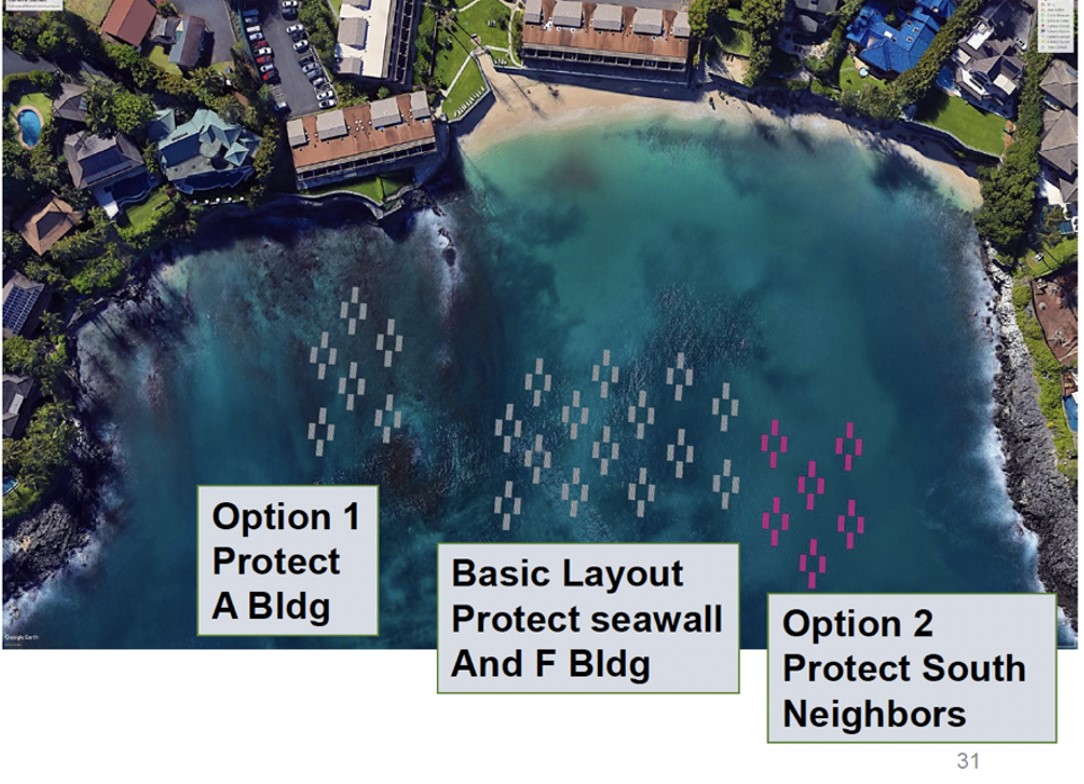Coastal Erosion and Viable Solutions
In the 1970’s Kahana Sunset Condominium resort was built, with a sprinkling of luxury homes around it in the years that followed. The shoreline averaged 50 feet from the closest structure.
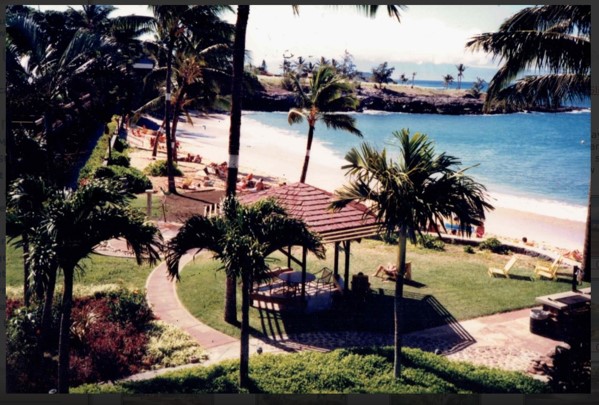
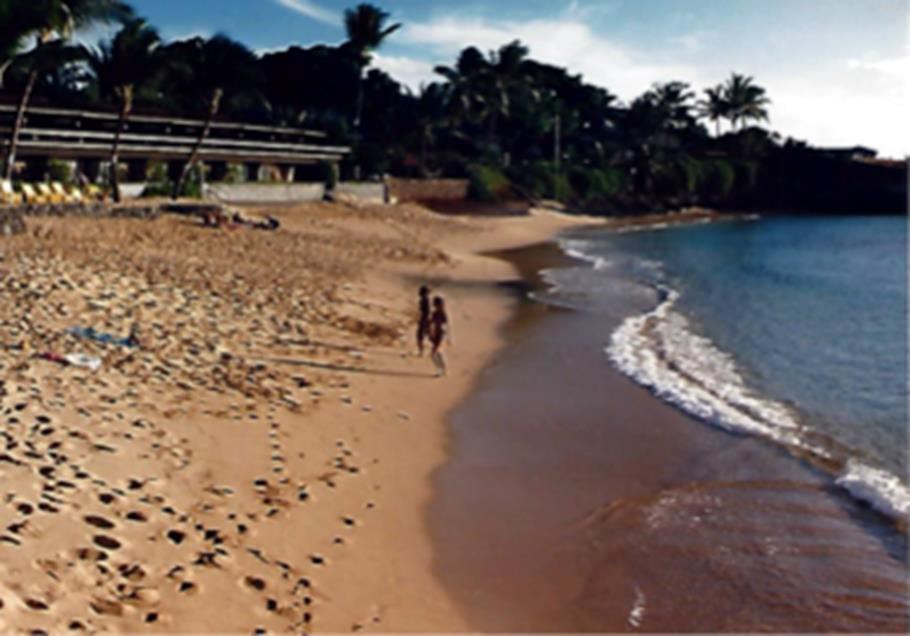
Today the waves are in constant contact with shoreline structures.
Waves have scoured sand away from the shoreline, causing wall failures for nearly every shoreline structure.
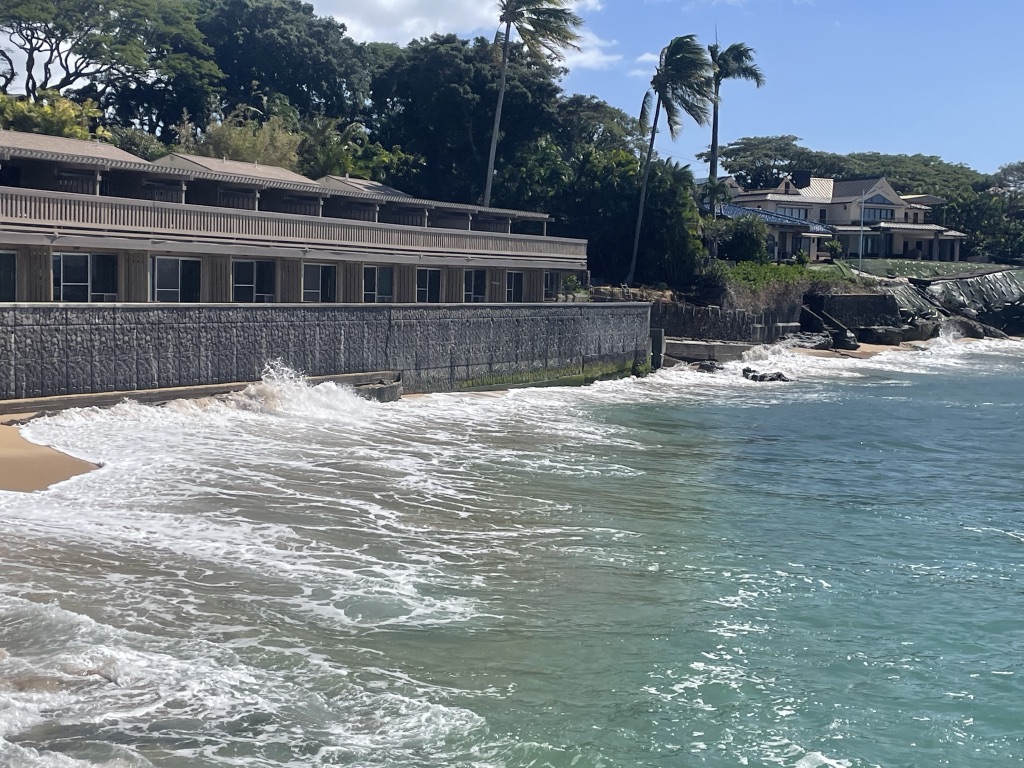
The main causes of beach erosion include the demise of coral reefs due to pollution from agriculture, animals, and sewage. For Keonenui Bay, our coral was killed due to agricultural runoff, identified and ceased in 2004.
Combined with rising ocean levels, Keonenui Bay has seen a dramatic loss of beach, nearly 12 feet in vertical height and 50 feet in width. As a result, the bay has experienced chronic damage to shoreline structures and the loss of live coral attracting tropical fish and wildlife.
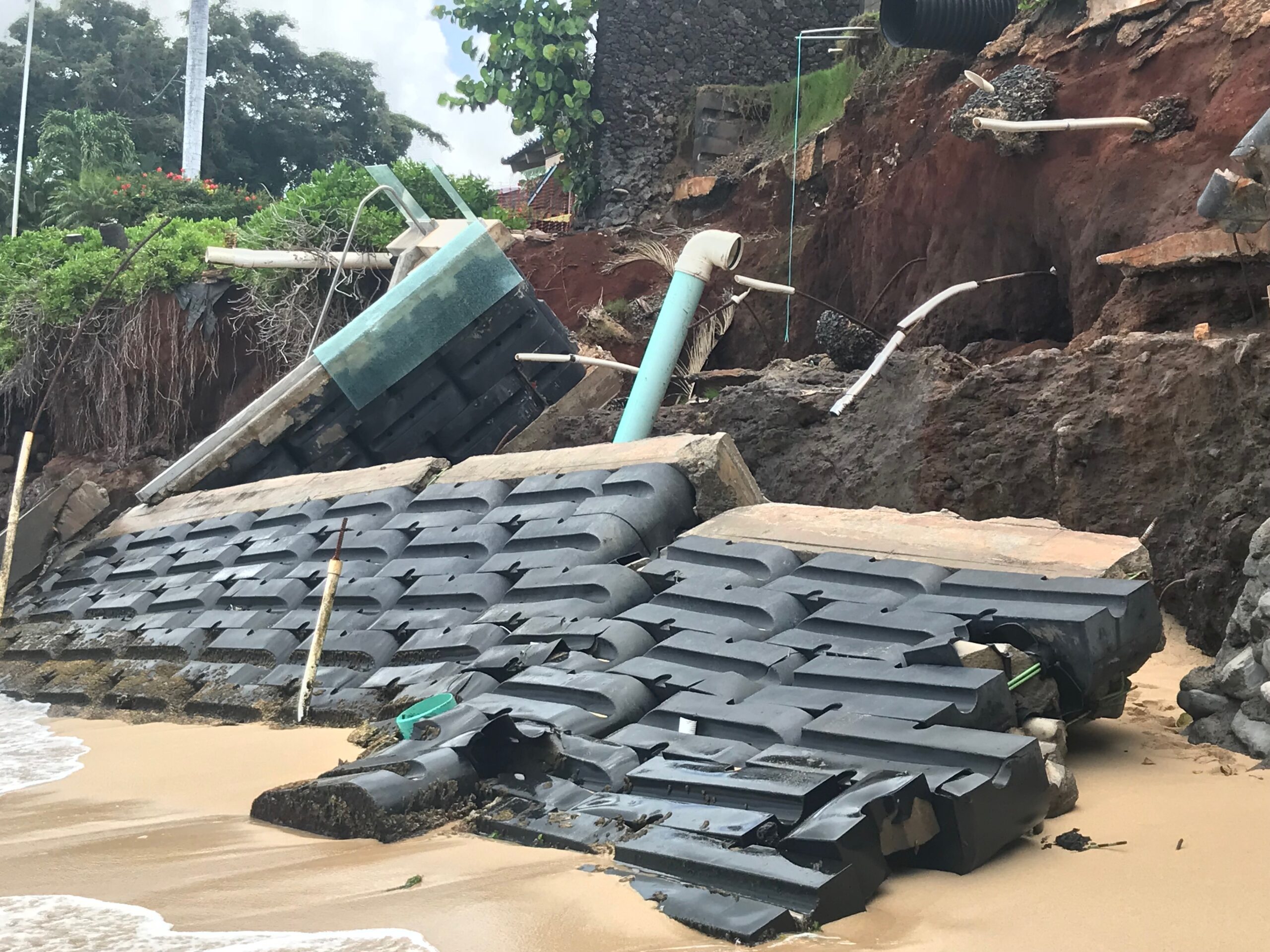
This seawall belonging to our neighbor to the south collapsed due to waves scouring sand from underneath.
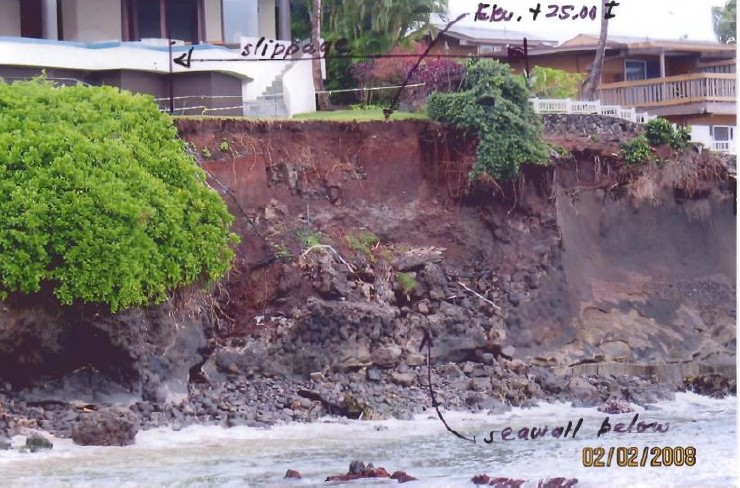
Our neighbor directly to the north suffered a sea wall collapse due to waves scouring sand from underneath its main supports, causing a massive failure in 2008.

This neighbor to the south suffered a sea wall failure as a result of sand being scoured away from the wall’s supports.
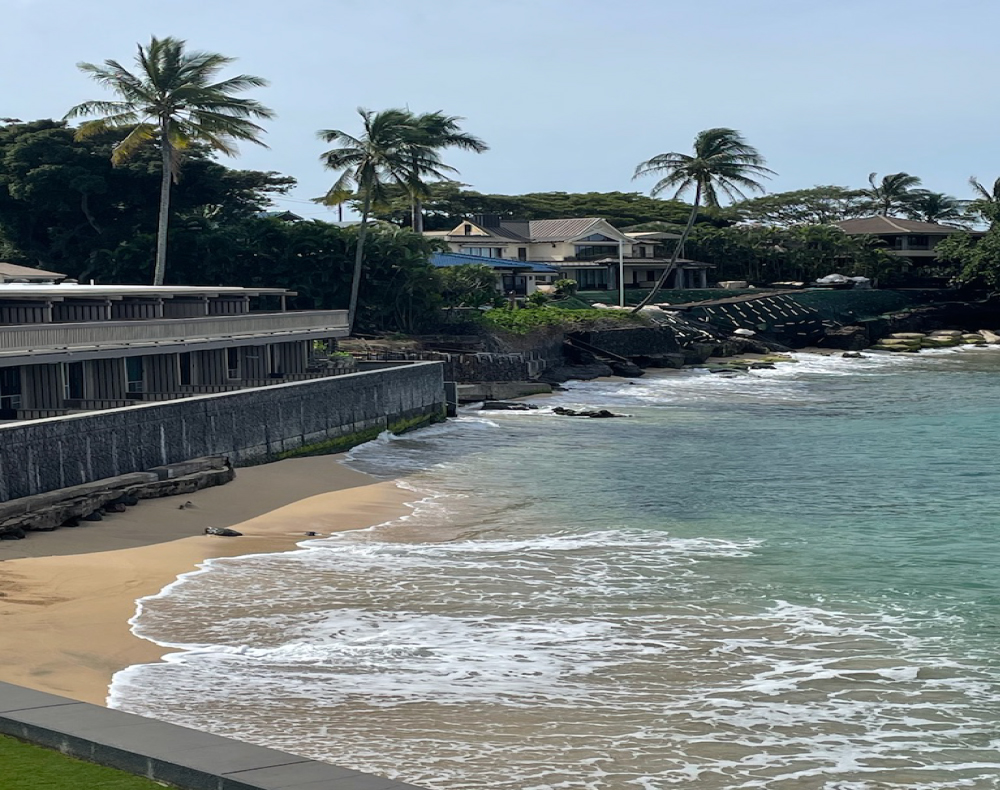
Wave energy has changed as more rigid sea walls have been constructed over the years, resulting in cross wave currents and near-constant pounding of shoreline structures. Kahana Sunset’s Building F has experienced structural damage from the pounding waves.
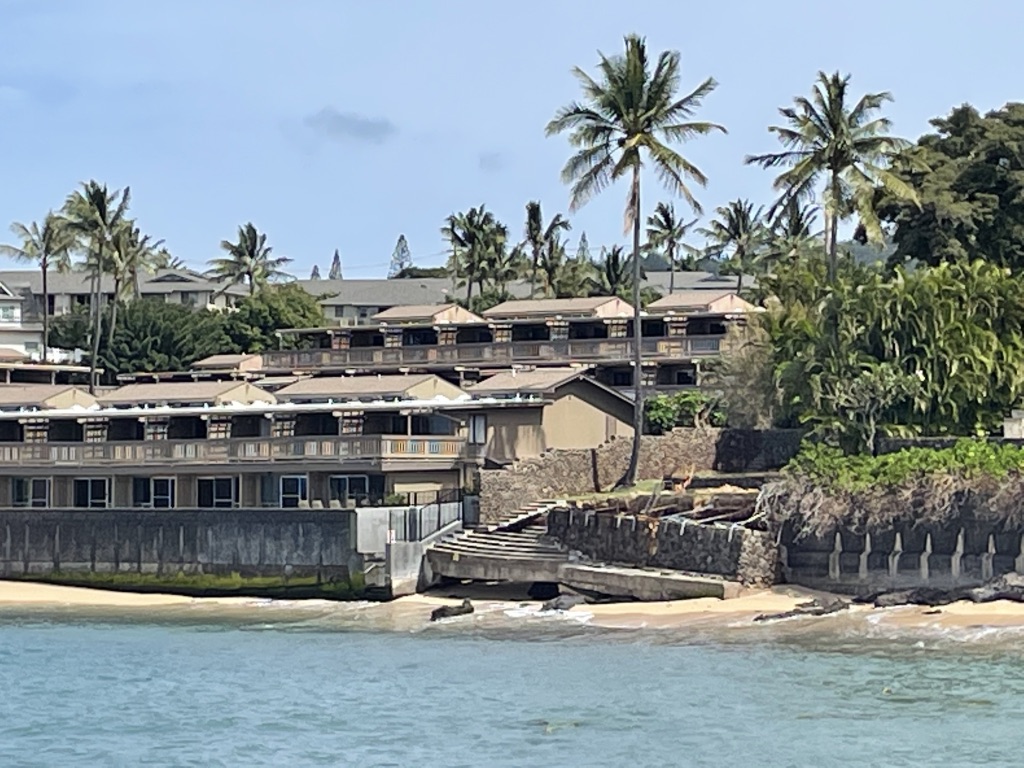
Our next neighbor to the south has lost a seawall and stair access to the beach.
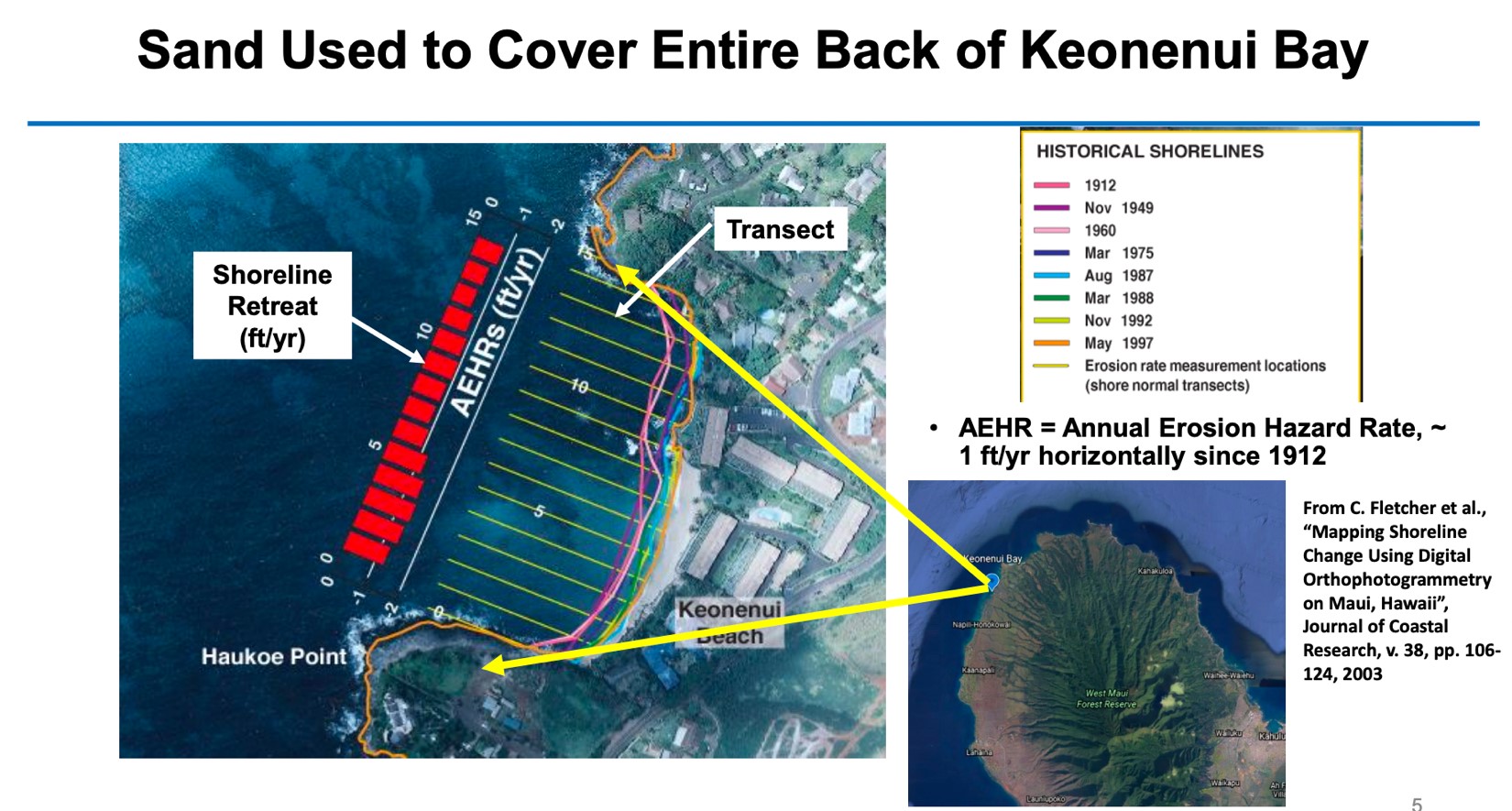
Based on research and the physical aspects of Keonenui Bay, the creation of a permeable (porous) breakwater is the best solution.
Other options include:
Beach Nourishment for Kahana Sunset and four neighboring homes, but structures are protected for a limited time and this option is costly and very difficult considering limited heavy equipment access.
There is enough sand close offshore for a beach nourishment project and live growth over sand is small enough so that a pipeline can avoid live coral.
-A joint project with Kahana Sunset and the four homes to the south is in discussion.
Groins don’t work to protect beach sand in a bay with a pocket beach such as Keonenui Bay. Groins need a consistent longshore current and up to the current sand source, which does not exist in Keone Nui Bay. Groins are also extremely costly, in excess of $2MM.
Hard rock or concrete breakwaters are difficult to be approved in Maui and artificial structures for coral aren’t appropriate for shoaling and breaking waves for energy dissipation
With a permeable breakwater we know:
- Sand is transported through to deposit onshore
- Much less wave force is impacted through a permeable breakwater. Reflections off impermeable breakwaters double wave momentum transfer.
- Bay circulation is less affected with permeable breakwaters thus less scouring of sand under nearby walls occurs
- Impermeable breakwaters cause increased sea level shoreward (“set up” or “pile up”) and receding water moves parallel to breakwater on shoreward side and scours sand. Permeable breakwaters avoids these problems.
The Most Viable Permeable Breakwater Solution: Biorock
The Biorock mineral accretion technique creates a living coral reef and is proposed as an environmental, flexible, inexpensive, and effective solution
- Biorock breakwater reef solution makes the most sense for bay with limited heavy equipment access
- Individual modules can be constructed offsite, individually lifted by a few workmen, and towed by float bags or a small boat to the attachment locations.
Environmental benefits:
- A living coral reef grows at an accelerated rate and feeds fish
- Coral more survivable against bleaching
- Attached coral fragment species can be chosen for survivability near-surface and roughness
- Ordinary steel consists of iron and carbon and is harmless to the environment
- Oysters could be attached and will filter contaminants from seawater
- “Nature-based” solution
- Tourism value of a living coral reef teeming with fish –“Engineering with Nature”
- Very low DC voltage (~1.3 V in water) not felt and harmless to humans, fish, and turtles
- Does not trap turtles, seals, or fish
- Marine vessels have never come into Keonenui Bay, so no impact on navigation
- Submerged so not visible from shore and allows kayaks and SUPs to travel over
- Flexibility in module placement to avoid attachment over coral
- Keonenui Bay is not used for surfing
- Access by large boats maintained on the side
- Cables may carry electric current for navigation lights
Flexibility and effectiveness for wave energy dissipation:
- Millions of years of examples of coral reefs protecting beach sand
- Optimal and variable heights and locations
- Multiple layers for wide reef flat
- Even without coral, calcium carbonate deposit grows ~ 1 inch/year and causes dissipation.
Deposits are very strong, self-repairing, and calcium source is dissolved ions, which are everywhere
- Temperature independent –oysters have been grown in New York City
- Coral and deposit growth can be accelerated by increasing the number of anodes
- Modules easily added, moved, or removed
- Expense and ease of construction
- Half an acre construction cost is only ~$250K
Beach sand restoration:
- Sand advected into bay passes through Biorock and deposits on the beach
- Sand scouring waves are reduced
- Coral reef and red algae produce sand
Survivability:
- Biorock has survived Category 5 hurricanes undamaged
- Recommended 1/2 inch diameter welded mesh rebar with 6 –8 in squares is extremely strong and has a large surface area for deposits
- Low impulse force on permeable structure with uneven shape
- Biorock’s proprietary techniques and 42 years of experience produce long-lasting, rugged, and effective designs
- Modules can be welded together for stability
Bay currents:
- Permeability for incoming waves and outgoing setup minimizes disturbances to bay currents
- Salients or tombolos not formed on the beach by breakwater edge refraction
Who is Biorock?
Dr. Tom Goreau
- Parents were well known Jamaican coral reef researchers
- MIT: BS in Planetary Physics, age 19
- Caltech: Masters in Planetary Astronomy
- Harvard: PhD in Biogeochemistry
- Worked at Yale, Woods Hole, and the United Nations
- 200 published papers, a patent, and 2 books on subjects including coral reefs, climate change, microbiology, and atmospheric chemistry.
- Founder and President of Global Coral Reef Alliance http://www.globalcoral.org
What is Biorock?
- The artificial structure that rapidly grows a living coral reef
- Ordinary steel reinforcing welded mesh is welded together into a 3-dimensional structure of arbitrary height and attached to the seabed
- Low voltage (~1.3V) DC current flows between an anode and the rebar cathode.
- Safe for humans, fish, turtles. If electrodes are touched, the voltage cannot be felt
- Coral growth is 6 – 8 times faster than normal. Coral growth is jump-started by attaching coral fragments
Permuturan, Bali 2000 ~ 1% Live Coral.
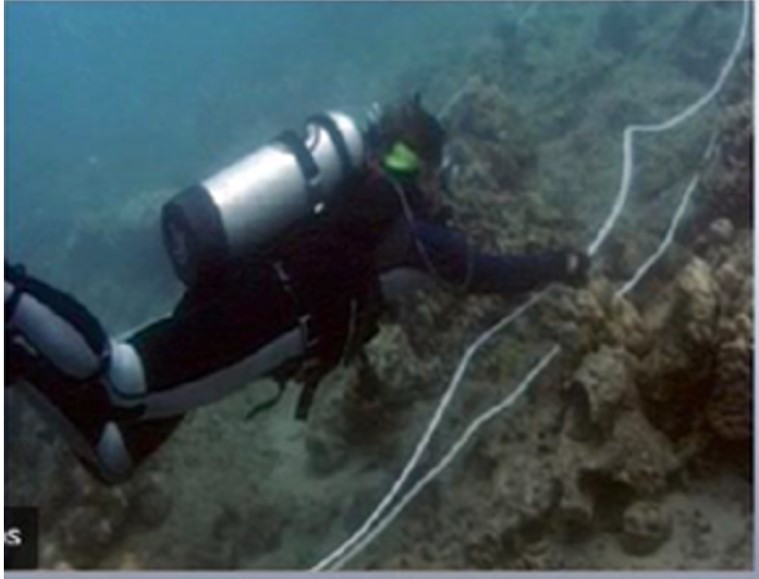
Same location, 2010 ! 99% live coral!.
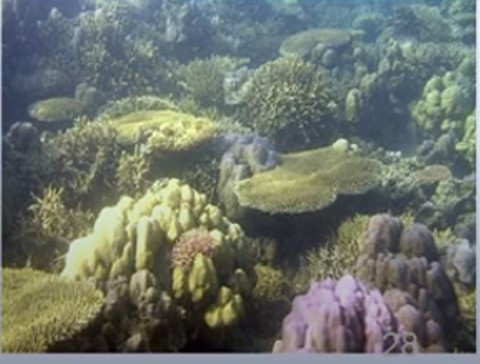
Aragonite (hard CaCO3), 3 times stronger than concrete, forms on steel, preventing rust.
- Has survived Category 5 Caribbean hurricanes
- Calcium source is dissolved ions
- Self-repairing
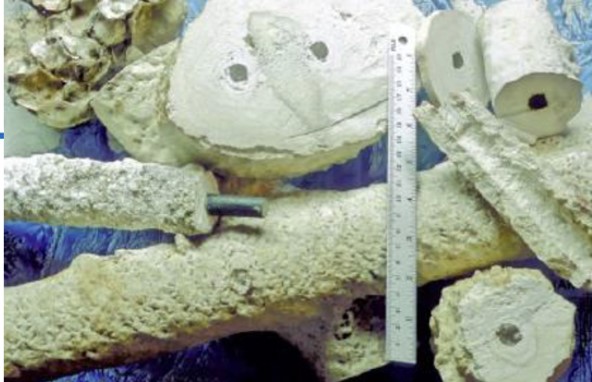
Two Years’ Growth – Photos Courtesy of Global Coral Reef Alliance.
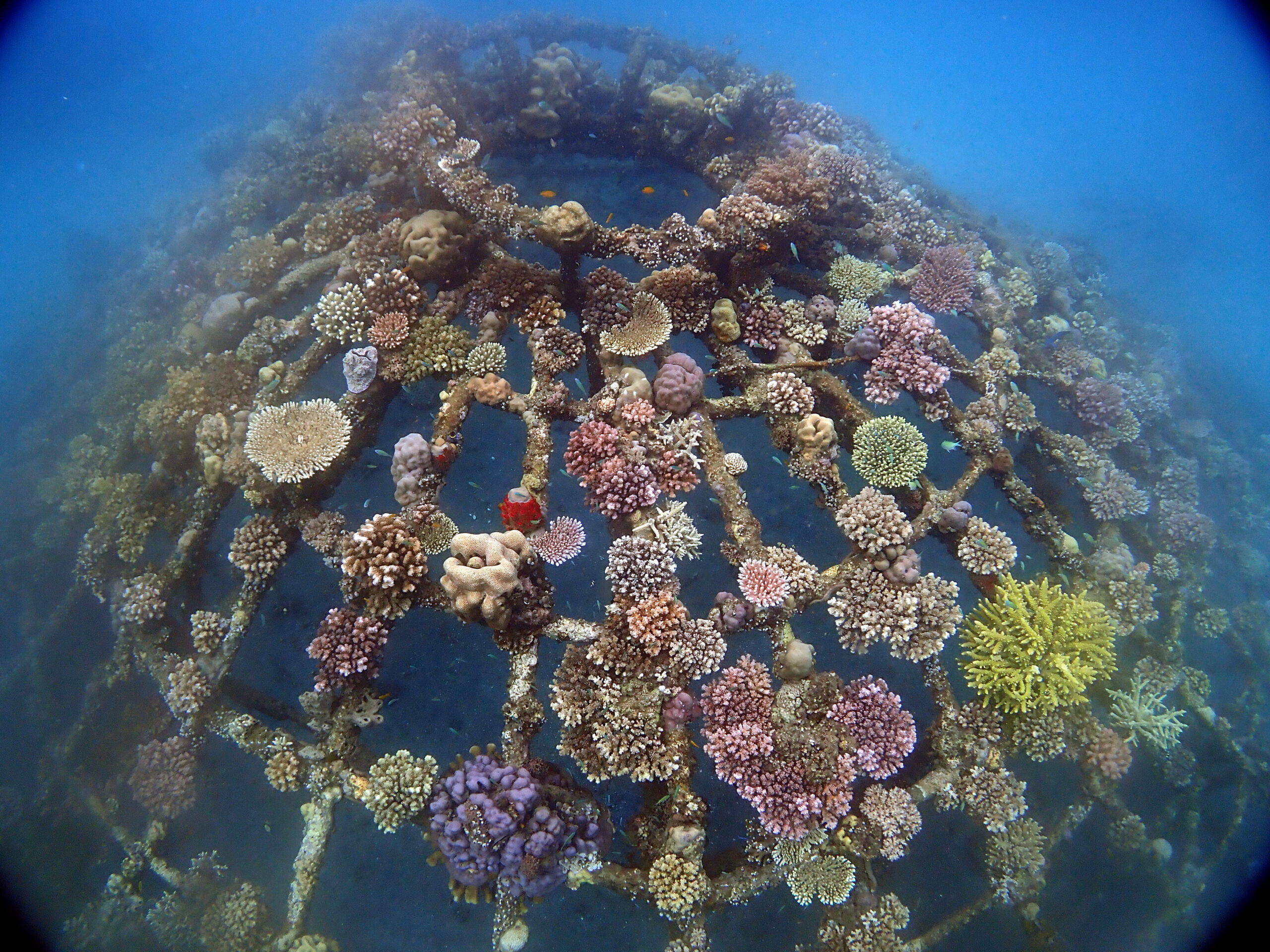
20 year old Biorock Reef in Permuteran, Bali on September 5, 2021.
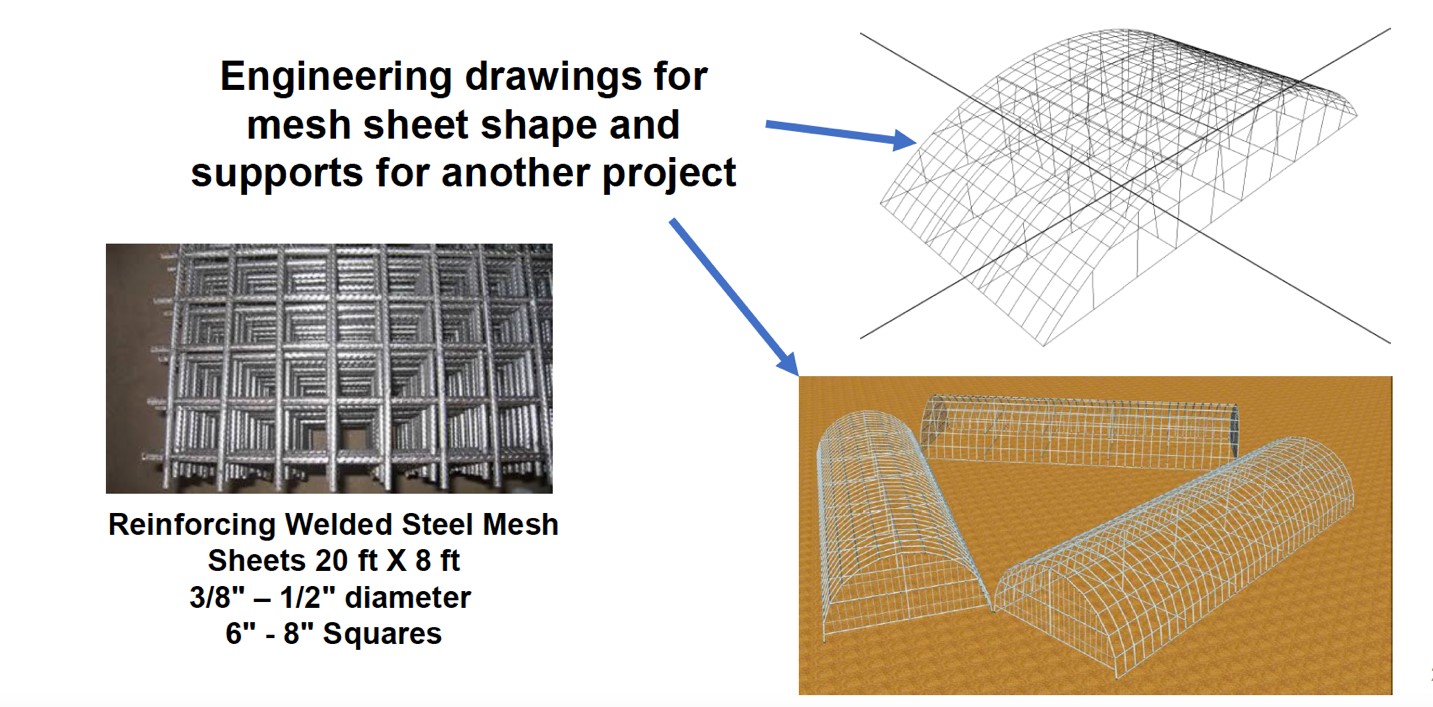



Biorock Survives Hurricanes
- Governor’s Beach, Grand Turk Island: Biorock unaffected by hurricanes Hanna and Ike in September 2008.
- In shallow water and unattached to sea bottom Biorock Survives Hurricanes.
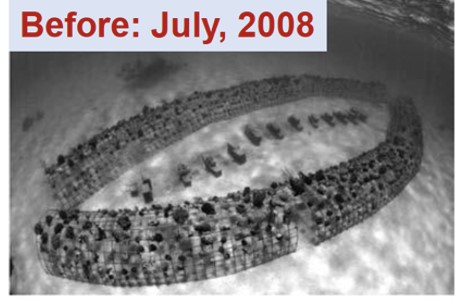
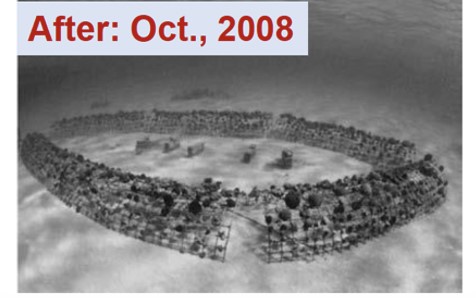
Proposed Biorock Installation
- Keonenui Bay is a feasible location for a permeable breakwater
- Shallow (10’), flat seabed for Basic and Option 2 regions ~150m offshore Uneven depth for Option 1
- Rebar mesh 8 ft x 20 feet, 6-inch squares, ½ inch diameter
- Multiple rows needed to dissipate long-wavelength waves
- Cabling for groups of 4
- Power supplies in Kahana Sunset workroom
- Power loss reduction techniques result in an electrical load of 2 air conditioners
